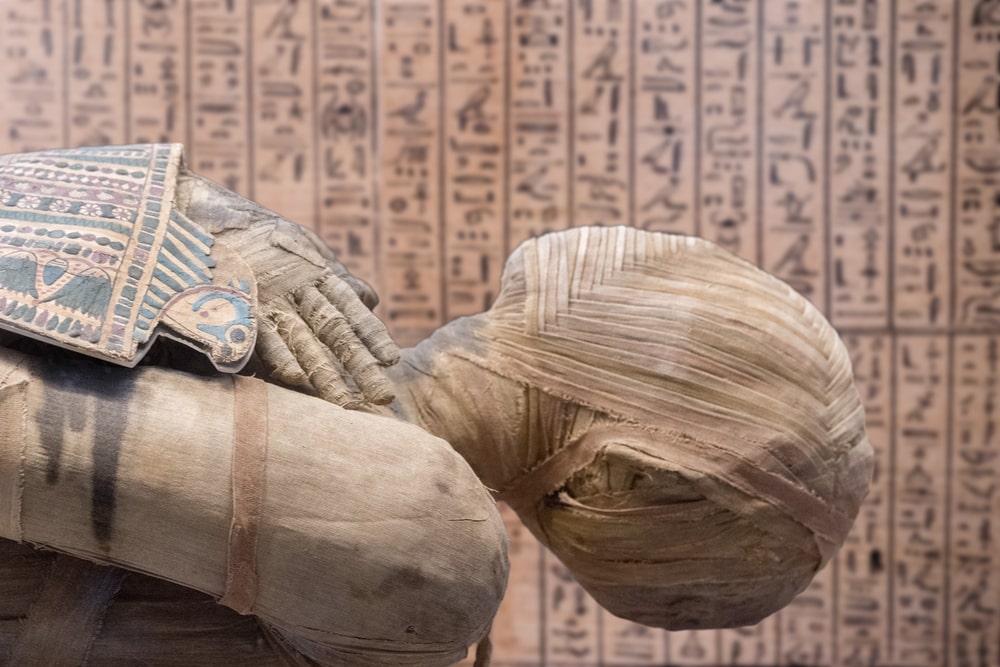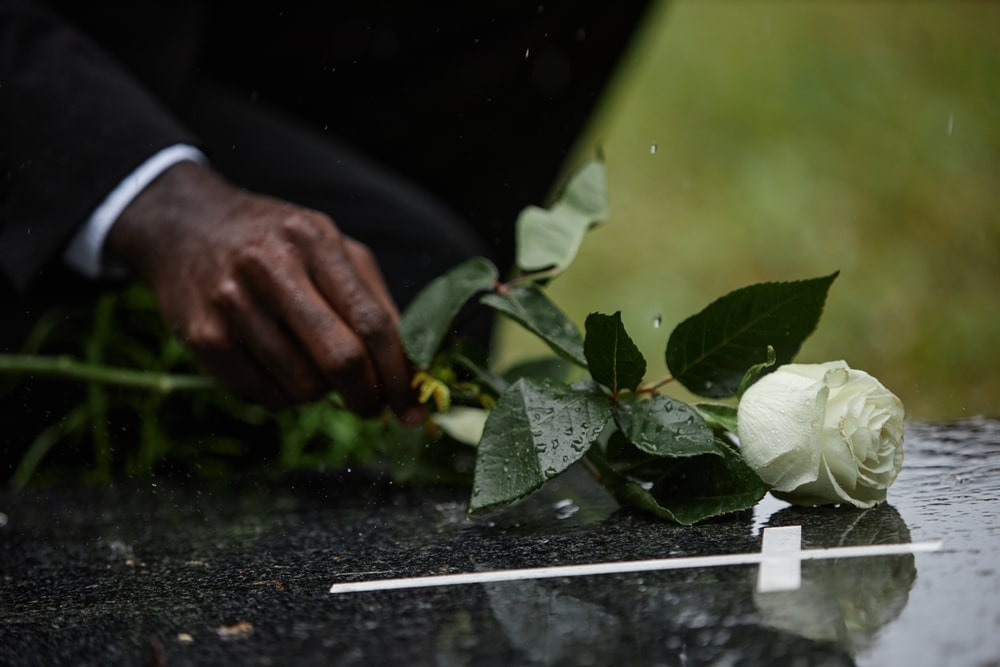An ancient process that has evolved greatly over the centuries, embalming is common in our modern world. But what actually is this process, and why is it important?
Embalming is the process of temporarily preserving a body for public viewing or transportation. Preserving the body provides an opportunity for the bereaved family and friends to spend time with the body of a loved one following a loss, which allows them to honor the life of their loved one and say their goodbyes.
Keep reading to learn about the history of embalming, what the modern process looks like, and what laws and regulations affect the practice!
History

In broad terms, embalming has been around for thousands of years. The ancient Egyptians were able to slow the deterioration rate of the body through the process known as mummification. While the Egyptians perfected the mummification process, ancient South American and Asian civilizations also used body preservation techniques. While we no longer use mummification, this historical precedent influenced contemporary embalming practices.
Modern arterial embalming is believed to have originated in England in the 18th century. While the public was initially against arterial embalming, the process gained more acceptance in America during the Civil War. After Colonel Elmer Ephraim Ellsworth, a friend of Abraham Lincoln, died in the war, Dr. Thomas Holmes, a physician from New York who had been experimenting with French embalming methods, treated and transported Ellsworth’s body to his hometown in New York.
As the war continued and soldiers died hundreds of miles from their homes, embalming was used occasionally to preserve bodies for transport back home to their families. However, it was the embalming of Abraham Lincoln’s body for his “lying in state” that really brought the practice to the forefront. After the war, the demand for the practice decreased for several decades. But by the end of the 19th century, embalming was on the rise as the role of the undertaker (today’s funeral director) became more defined.
At the turn of the century, more trained undertakers began establishing funeral parlors. Embalming became more readily available to families, affording them more time and flexibility to gather together for a funeral. Throughout the 20th and into the 21st century, embalming has continued to be a common practice, allowing loved ones more time to plan a meaningful service before burial.
The Process

Before embalming begins, the embalmer bathes and prepares the body. After that, the arterial embalming process starts. Embalming fluid, often a formaldehyde-based preserving agent, replaces blood and other bodily fluids. Natural oils may also replace chemical fluids. While these oils don’t preserve the body as long as the chemicals, they are worth considering, if you are able to have the funeral or viewing relatively soon after the death.
After the embalming process is complete, the body is dressed and prepared for viewing using restorative art and cosmetology. In cases where the body has undergone trauma or tissue donation, the embalmer can do restorative work to return the body to its former state. In severe cases, embalmers trained in post-mortem reconstructive surgery can be brought in. A skilled embalmer can do an extraordinary job restoring a body.
Embalming and the Grief Journey

After losing a loved one, the first step in the grief journey is acknowledging the reality of the death. Seeing the body is one way for that to happen. Many people feel that without the presence of the body, a vital element of the ceremony is abandoned. Seeing the body allows the fact of death to fully sink in and opens the door to healing.
By slowing down deterioration and making the body presentable, embalming gives more time for a visitation or funeral service to be scheduled. That means more people can find a little bit of closure and say goodbye to their loved one.
Many people associate the embalming process with traditional burial, but embalming can also be used with cremation. If you’re interested in green or natural burial, you may need to follow stricter guidelines for the embalming process.
Federal and State Embalming Laws
The Funeral Trade Commission includes a section on embalming in the Funeral Rule and makes it clear that, except in special circumstances, embalming is not required by law. No state requires embalming for every death, though some states may require it in certain situations. For instance, embalming may be required to transport a body across state lines or store the body for an extended period before burial or cremation without refrigeration. Be sure to familiarize yourself with your state’s specific laws.
Whether you choose embalming for yourself or a loved one is up to you. Depending on your situation and your family’s needs, you can make the best decision for you. Embalming is simply an option that can provide your family with more flexibility to celebrate and honor a life well-lived.




